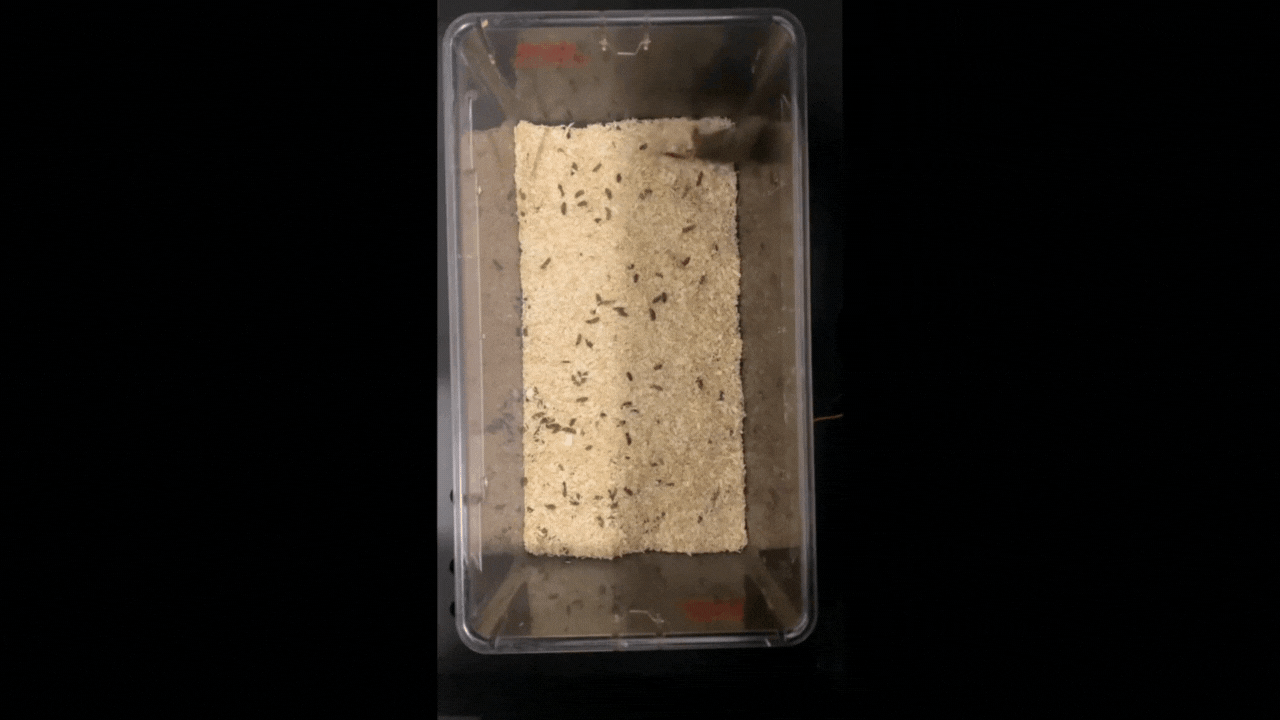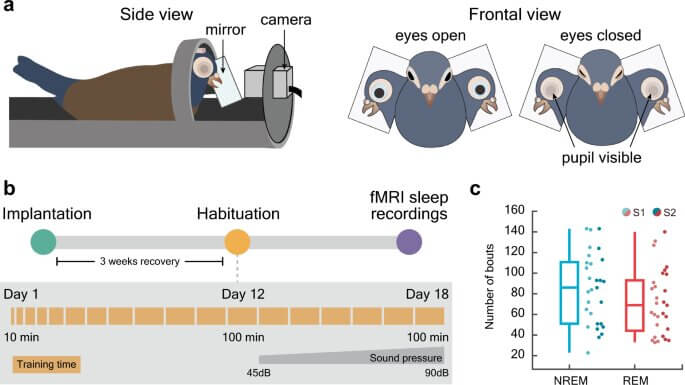Do Mice Get Motion Sickness? Plus Other Pointless Experiments on Animals
Experimenting on animals has been a spectacular failure that has wasted trillions of dollars and failed humans and other animals.
Here’s a list of some of the most absurd experiments on animals:
Virtual Terror
The National Institutes of Health gave almost $5 million in taxpayer money to experimenters at Northwestern University to set up a virtual reality system for mice. Why? To terrorize the animals into thinking they’re being chased by an owl. Experimenters inject chemicals into mice’s brains, attach head plates to their skulls, and place them on a tiny treadmill to study their movement. Workers cut out some of their eyes so they can measure their retinas.
Ultrasonic Suffering
Experimenters in France claiming to study the effectiveness of new antiepileptic drugs for humans induced seizures in mice using ultrasonic sound waves—even though humans and mice have different physiologies, deeming any test results irrelevant.
A Living Hellogg’s
Experimenters at Universidade do Estado do Rio de Janeiro in Brazil forced rats into tiny plastic tubes for two hours a day for eight weeks. The workers then fed Froot Loops—yes, the colorful Kellogg’s cereal—to the stressed animals. The experimenters then killed the rats to see what effect the stress and the Froot Loops would have on their penis size.
Spinning Round and Round
Despite having no idea how to determine whether a mouse is experiencing motion sickness, experimenters in Barcelona, Spain, spin mice in circles on a device rotating at 75 revolutions per minute. The experimenters deprive the animals of food, then measure how much they eat after they’re spun around. Laboratory staff injected chemicals into the animals’ brains to stimulate “human sickness.” Unlike humans, mice don’t naturally vomit, so there’s no way to determine how this experiment models nausea in humans.
Forced Infanticide
In a bizarre, illogical attempt to understand the cause of human infanticide, experimenters at NYU Grossman School of Medicine deliberately caused mother mice to kill their own babies by stimulating a region in their brain known to make the females aggressive toward their young. The experimenters induced female mice to kill the babies of other mice, too.
A Pigeon’s Nightmare
At several institutes in Germany, experimenters implanted electrodes in pigeons’ brains, put the birds into a head-restraining device, and studied their brain activity while they slept.
Tickle Torture
Pseudoscientists at Humboldt University of Berlin in Germany wanted to see how rats responded to hearing other rats being tickled. Experimenters held rats down, cut into the skin and muscle of their heads, and scraped off their skulls to expose their brains. Workers implanted recording devices in their brains and observed how their neurons responded to the sounds of other rats being tickled.
Sleep Deprivation
Research into autism should be relevant to humans, yet experimenters at Oregon Health & Science University and the University of Michigan are inexplicably depriving young prairie voles of sleep to see how this affects their social behavior later in life. The workers wake up the prairie voles by shaking their cages repeatedly during the night, then subject them to foot-shock tests or offer them alcohol to see how they respond.
Just Say No
Experimenters at the University of Illinois–Urbana-Champaign injected young rats with THC and gave them alcohol to see how it affected their memory. Surely, human volunteers for this research could have been found on a college campus.
Desperate to Escape
The University of California–Los Angeles was given over $2 million in taxpayer funds to terrify mice. Workers surgically implant manipulation devices in their brains, then put the animals into a cage with an electrified floor that shocks their feet or in a cage with a large rat to induce panic. Experimenters record which parts of the brain are active when the mice try to escape or avoid getting shocked. In some experiments, workers implant devices that activate the panic areas in the brain so that the mice are terrified even when there’s no threat.
Millions of animals suffer and die every year in inhumane and wasteful chemical, drug, food, and cosmetics tests. These experiments are also pointless, as testing conducted on animals—unlike modern, non-animal methods—aren’t relevant to human physiology. With the help of our members and supporters, PETA works globally to win victories to end the use of animals in experiments. Take action today:
If you’re in the U.S., you can also click the link below to urge your members of Congress to mandate that NIH stop throwing away taxpayer money on cruel, useless animal experiments:





